The Holy Family of Da Phuoc Da Lat – Da Lat is quiet in the middle of Lam Vien plateau. This is a land favored by nature and heaven and earth to give a peaceful atmosphere. And the climate is mild and the people are elegant. Perhaps because of that, Da Lat became the convergence of many big and small religions in Vietnam. Such as Buddhism, Christianity, Cao Dai religion… and many famous and sacred Dalat pagodas.
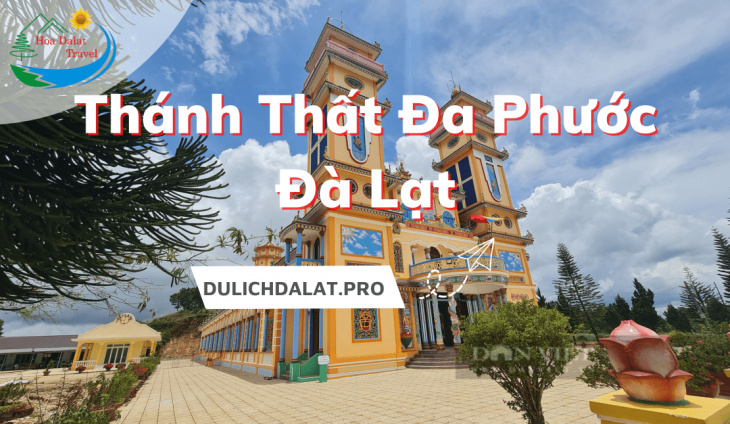
The Holy Family of Da Phuoc Da Lat
In the article below, Nghiện Đà Lạt and you will discover an impressive colorful religious work. Nestled in the vast pine forest. This architectural work clearly reflects the culture and lifestyle of each Cao Dai people in Da Lat. That is the Holy Seven. Let’s find out now!
About the Cao Dai Temple in Dalat
Da Phuoc Holy House is also commonly known as the Holy House of Da Lat. This is a Cao Dai Holy House belonging to the Tay Ninh Holy See located in Ward 11, Da Lat City, Lam Dong Province.
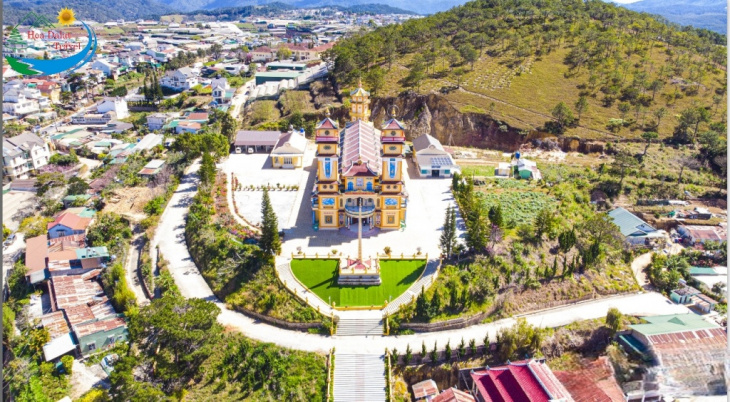
About the Cao Dai Temple in Dalat
Previously, the Holy House belonged to the Da Lat Tribe, Lam Dong Chau Dao, and Tuyen Duc Tran Dao. Currently it is the Da Lat family, Lam Dong province.
This is a Holy Family of Cao Dai religion under the Tay Ninh Holy See. It is a sacred and spiritual destination of Cao Dai people. At the same time, the Holy See of Da Lat is also the largest Holy See in Da Lat in particular and the Central Highlands in general.
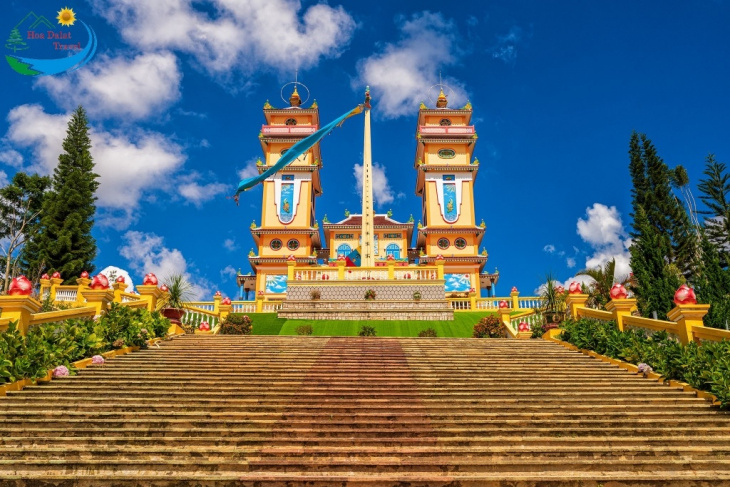
This is a Holy Family of Cao Dai religion under the Tay Ninh Holy See
History of the Holy See
Da Phuoc Holy House was started construction in 1938 under the French colonial period. At this time, Ngoc Ngo Thanh’s birth ceremony, the famous Tran Van Ngo came to the land of Da Lat to build the Holy See. And spread the Cao Dai religion to the people here.
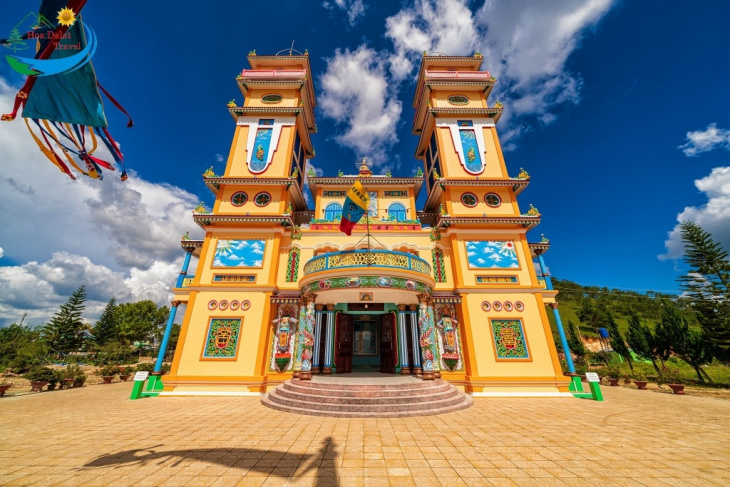
History of the Holy See
The first follower of Cao Dai religion was Mr. Nguyen Van Chat with another name Chanh Cao. In 1941, Cao Dai followers in Da Phuoc land restored the Holy House and built a shrine to worship the Mother Buddha. In 1942, Tay Ninh Holy See built and expanded the sanctuary. To become the Holy See with the largest scale in the Central Highlands.
In 1952, Dharma Protector Pham Cong Tac was the one who performed the ceremony to lay the first stone to start the construction of the Holy House. However, the times were constantly changing, so the sanctuary was not completed as planned. After 1975, the Cao Dai religion and the Holy Family only operated separately because there was no recognition from the state and almost dissolved when the followers had to perform the rituals themselves at home.
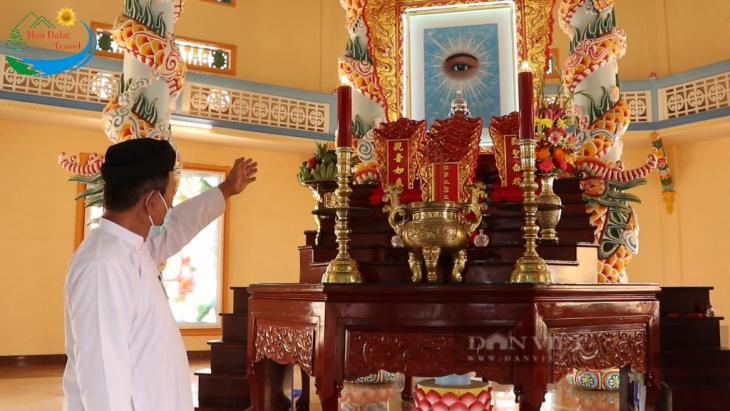
The dragons inside the Holy Family Da Phuoc
Many years of establishment and development
In the new era in 1977, the indigenous religion was aroused for the nation. Cao Dai Temple and followers of Cao Dai religion are officially recognized. Is a legal, orthodox religion of the Vietnamese nation. Until 2005, Da Phuoc Da Lat Holy House was built according to the model of Tay Ninh Holy See.

Many years of establishment and development
After many years of establishment and development, Da Phuoc Holy House has become one of the proud religious places of Da Lat people. Cao Dai religion and Cao Dai temple in Dalat have experienced a period of ups and downs and events.
The Holy See has an area of 1,627m2, built on a total land area covering the hill of over 10ha. This religious architecture was built with a value of materials up to 7 billion. This was a very large number at that time. With the contribution of thousands of workers and believers. The sanctuary was officially inaugurated on July 30, 2010 and became the largest Cao Dai Temple in Vietnam today.
The large Dragon Flower column represents the stages of evolution
Cao Dai Temple With Outstanding Architecture
Da Phuoc Holy That Da Lat is located on a hill, covered by pine trees. Since then, the scenery has created for the sanctuary a poetic look mixed with solemnity. Visitors to the Holy House are impressed by the harmonious scene between religious architecture and natural landscape.
The Cao Dai Temple in Dalat is located at the foot of the mountain towards this Trai Mat area. Considered to be the second version of the Tay Ninh Holy See. In terms of basic overall architecture, it is similar to the structure of the Holy Temple. There are full of Tam Dai: Hiep Thien Dai (front), Cuu Trung Dai (in the middle) and Ba Quai Dai (rear). Looking in from the outside, we seem to see the image of a miniature Tay Ninh Holy See.
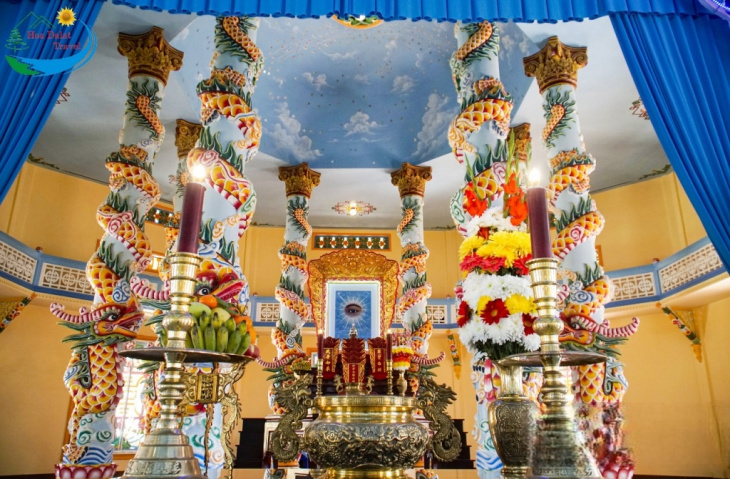
Cao Dai Temple With Outstanding Architecture
Outside Area
The two floors in front of the main hall are Hiep Thien Dai, also known as the bell tower and the drum floor. Each tower has 5 floors with a height of 18m. All floors are designed with ventilation boxes. Especially, the bell tower ventilation box is shaped like “CAO”, in Quoc Ngu and Chinese characters. On it are 4 words “Bach Ngoc Chung Dai” in Quoc Ngu script, and the symbol of the shining sun.
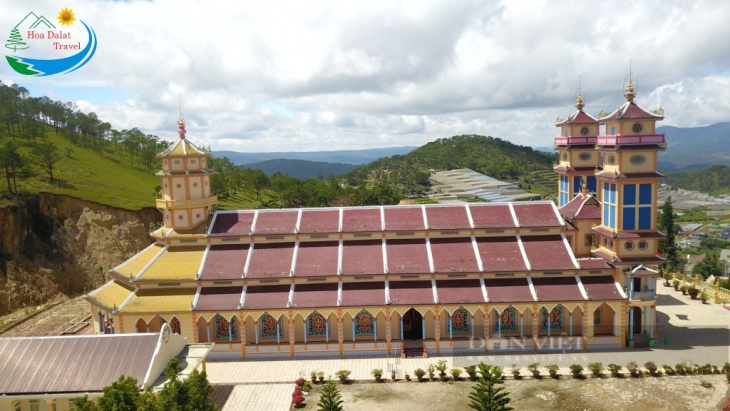
The largest Cao Dai temple in Vietnam today
The remaining floors at the bottom are equipped with ventilation panels, creating the shape of the word “DAI” in Quoc Ngu and Chinese characters. On it, there are 4 words “Lei Yin Co Dai” which is the word Quoc Ngu and is the symbol of the shining moon.
At the main entrance, there are 4 pillars called Long Hoa columns in front which are divided into 2 rows. Each row has 2 columns, one emblazoned with a red dragon and the other a delicately carved lotus with brilliant colors. This image is a symbol of the Dragon Flower Festival. Mentioned in many scriptures of the Cao Dai religion, Hoa Hao, a transitional stage of human evolution.
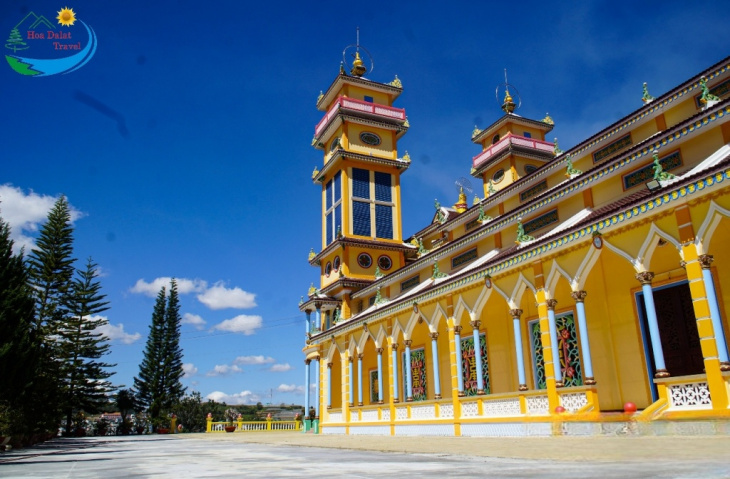
The aesthetic features of the sanctuary reflect the core beliefs of Cao Dai religion
One has to go through five steps to get in The Holy Family of Da Phuoc Da Lat. The steps represent the Five Great Paths and the five steps of human evolution. From the point of view of Cao Dai religion, these are: People, Gods, Saints, Fairy, Buddha.
Main Hall area
Placed in the center of the entrance to the Main Hall is a painting of a hand reaching out from the clouds holding a balance placed on a globe. This is the image of the Scales of Justice, symbolizing justice to judge people’s sins before being reincarnated.
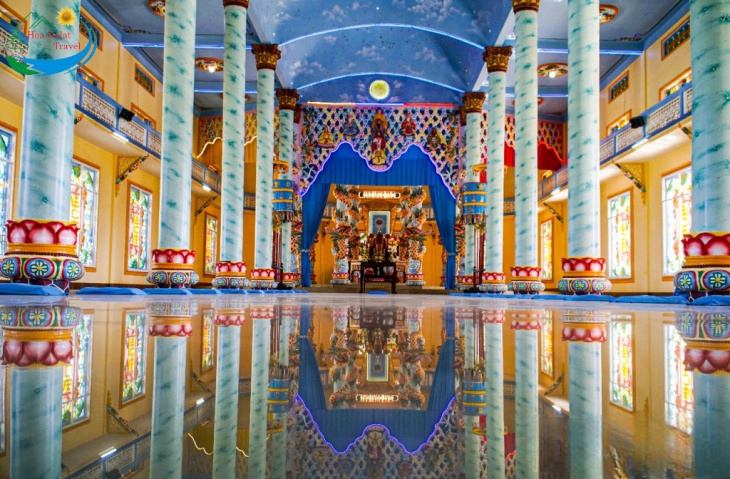
Da Phuoc Holy House is one of the proud religious places
At the entrance to the right, we will see a statue of Mr. Thien, wearing armor, a golden crown on his head, a large knife in his hand, but a gentle face. This is a symbol of good (right mind). On the contrary, on the left side is a statue of Mr. Evil, also wearing armor, a fierce face, a hammer in one hand and a jade seal in the other hand, symbolizing Evil.
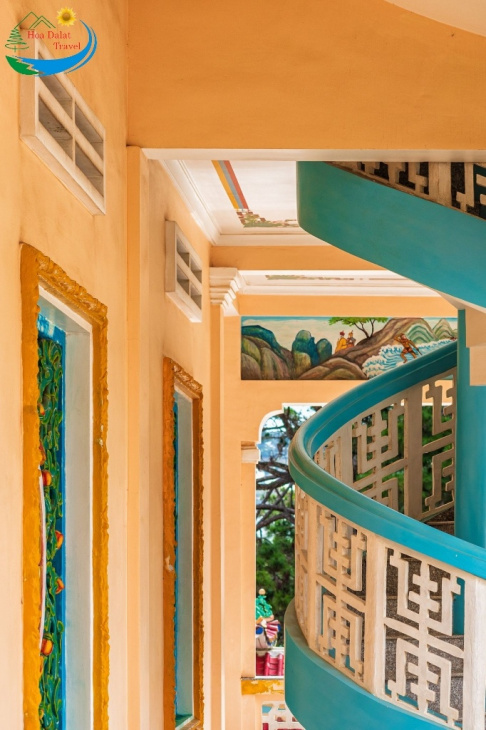
Nearly every element of the structure and design in the temple has meaning hidden deep within
Above there is a balcony built in the shape of a semicircle. In the middle of the balcony hangs a flag leaf consisting of 3 parts: the top yellow part, embroidered with 6 Chinese characters “Dai Dao Tam Ky Pho Do”. The middle part is blue embroidered with Thien Nhan and Co Phap Tam Giao (Spring and Autumn scriptures, Put Chu tree, Bat Vu vase), the red bottom part is blank.
On the top, the outside is embossed with Thien Eye symbol. Even higher is the Maitreya Buddha statue located on the back of a tiger and a lotus. The tiger symbol represents the year of the Tiger, 1926 – the year of Cao Dai’s opening.
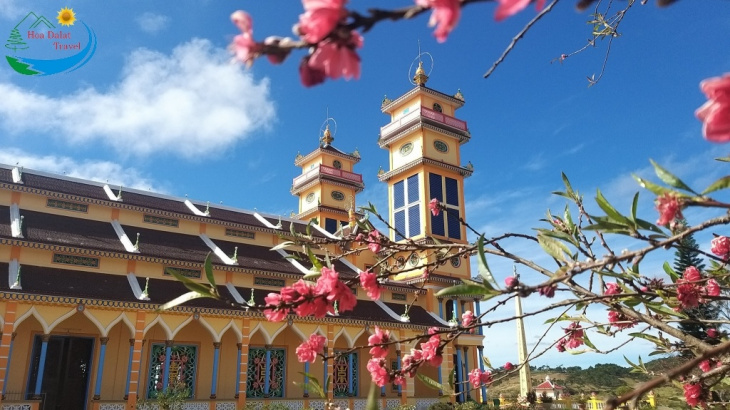
Outside Area
The space inside the Sanctuary
The space inside the Holy Seven is called the Main Hall. Behind the painting Tam Thanh Cao Dai. Opposite the altar of God is the altar of Dharma Protector, which has the shape of the word “qi” drawn in Chinese characters. Unlike the Tay Ninh Holy See, there is no statue of the protector Pham Cong Tac.
Inside Cuu Trung Dai, also known as the main hall, there are columns of 6 tall columns. Pillars are giant lotus flowers.
Da Phuoc Holy House is one of the proud religious places
Unique Bagua Dai
Eight dragon-shaped pillars arranged in a bagua shape placed at the end of the sanctuary are called Ba Quai Dai. Unlike the Tay Ninh Holy See, it does not do the Can Khon fruit. Instead, there is a large altar with 5 steps:
– The first step is a large image of Thien Nhan, representing God. Under it is a Tai Chi lamp that is always lit and never left out.
– The second level is the place to worship the three leaders of the three major religions: Shakyamuni Buddha, the leader of Buddhism, Lao Tzu, the leader of Taoism, and Confucius, the leader of Confucianism.
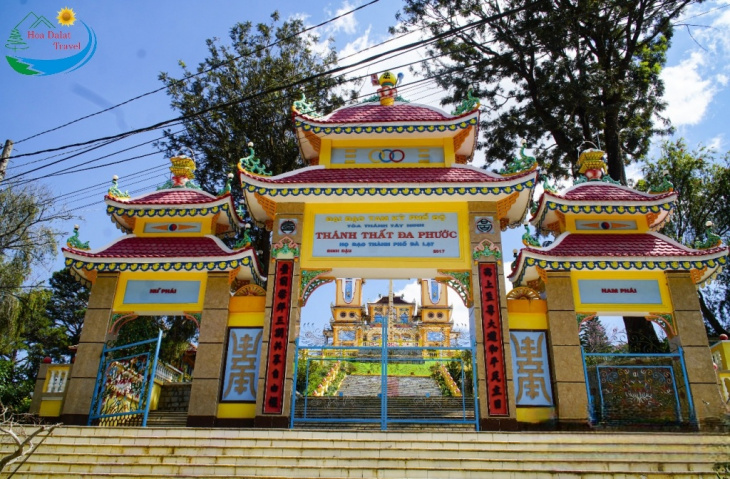
Right in front of the entrance area are 4 large Long Hoa columns
– The third level worships Bodhisattva Quan The Am, Quan Thanh De Quan, Dai Tien Ly Thai Bach. These three are representatives of the Three Teachings in the Great Dao Tam Ky Pho Do in terms of Cao Dai teachings.
– The fourth level of worshiping the symbol of the Holy Way is Jesus – the cardinal of Christianity.
– The fifth level worships Khuong Tu Nha, the Shinto priest.
Both the interior and exterior spaces of the sanctuary are elaborately carved. With many embossed motifs, eye-catching yellow colors and unique shapes. The Sanctuary is also very airy when it is designed with many combined doorways. Making a majestic and splendid sanctuary like a fairyland, the residence of the forefathers.
Ideal Spiritual Attractions
The Holy Family of Da Phuoc Da Lat Known as the Holy See famous for its majesty, decoration and the largest in the Central Highlands. The Holy See is not only a religious destination for believers but also a spiritual destination for tourists near and far. Not only majestic, the Holy See is equally beautiful when possessing the scenery and cool air of Da Lat.
From afar, visitors will easily see the Holy See located majestically in the middle of the mountains with eye-catching landscapes and special architecture characterized by cultural interference, unique religious, spiritual and cultural background.
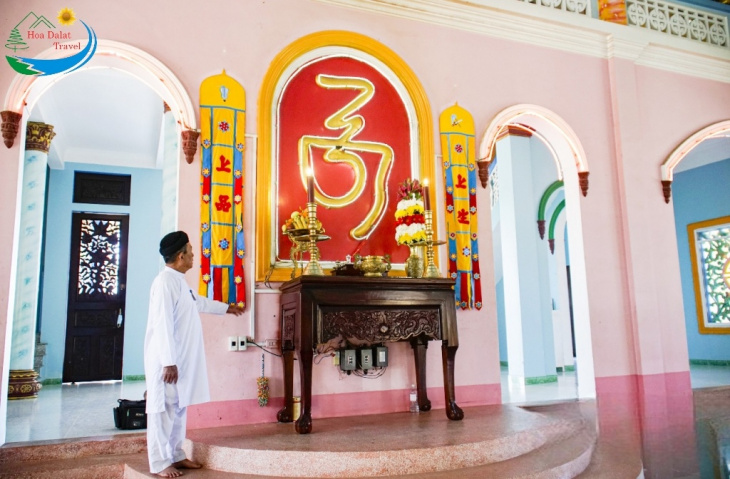
When going to the Holy Temple, all Cao Dai followers must wear white
Address of Cao Dai Temple
The Cao Dai Temple in Dalat is located at Tu Phuoc Street, Ward 11, Da Lat City. This place is about 7km from the city center of thousands of flowers in the direction of Trai Mat – Cau Dat area.
Note the Cao Dai Temple
This is a sanctuary, so limit noise, dress politely and politely
Do not litter indiscriminately and limit smoking in the sanctuary space.
If entering the main hall, perform the rituals and follow the prescribed paths.
Take pictures in areas where it is allowed and without losing customs.
Sightseeing Along the Same Route
- Big Dream Bag Coffee
- Two Arab Coffee
- Field of hydrangeas
- Cheo Veo Coffee
- Yahe Coffee
- Kong Coffee
Epilogue
Currently, Da Phuoc parish is continuing to rebuild and restore the Temple of Buddha Mother. With that, Da Phuoc Holy Temple in Da Lat has created an extremely unique religious architectural landscape, contributing to adorn the unique picture of the city where the Lam Vien Plateau is located. This sanctuary is an attractive tourist attraction for tourists.
- Going to Linh Phuoc Pagoda Dalat with 18 floors of hell makes you shiver
- Where is Linh Quang Pagoda in Dalat? Discover the beautiful temple in the city of thousands of flowers
- Bat Nha Bao Loc Monastery – A pure and peaceful destination
Từ khoá: Thánh Thất Đa Phước Đà Lạt và lối kiến trúc nghệ thuật ấn tượng
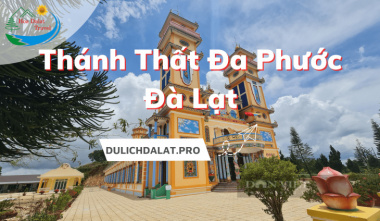
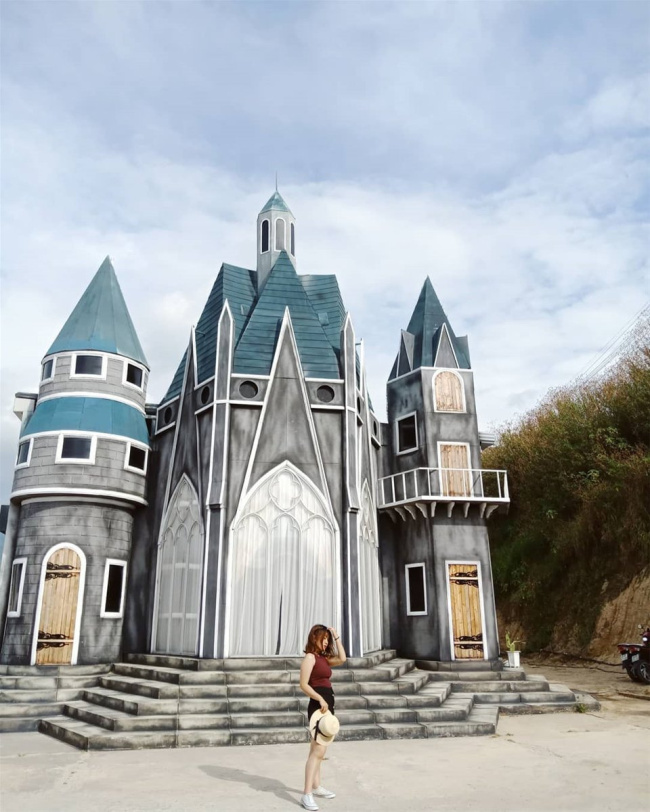
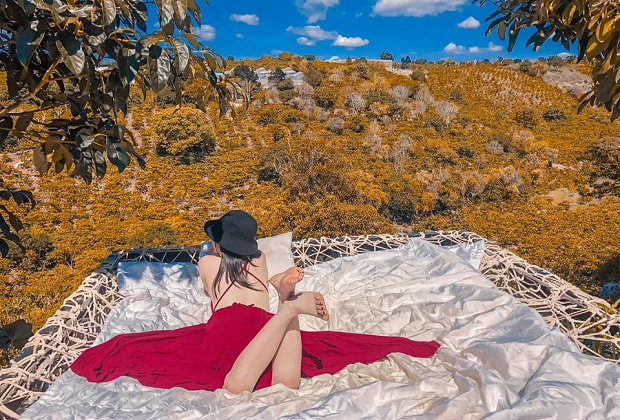

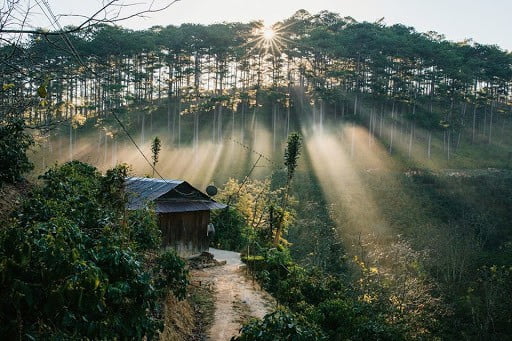
![[Top 10] Nhà xe Limousine Sài Gòn Đà Lạt giá rẻ, chất lượng cao [Top 10] Nhà xe Limousine Sài Gòn Đà Lạt giá rẻ, chất lượng cao](https://cdn.alongwalk.info/info/wp-content/uploads/2022/06/26005853/image-top-10-nha-xe-limousine-sai-gon-da-lat-gia-re-chat-luong-cao-165615473347117.jpg)
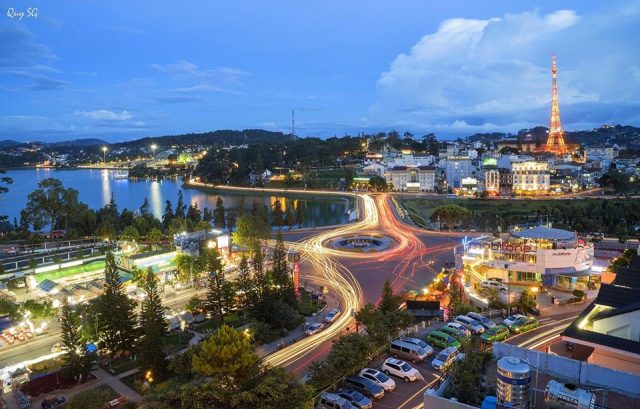

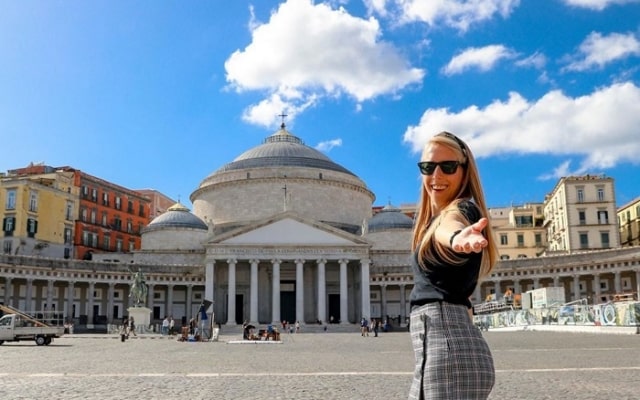
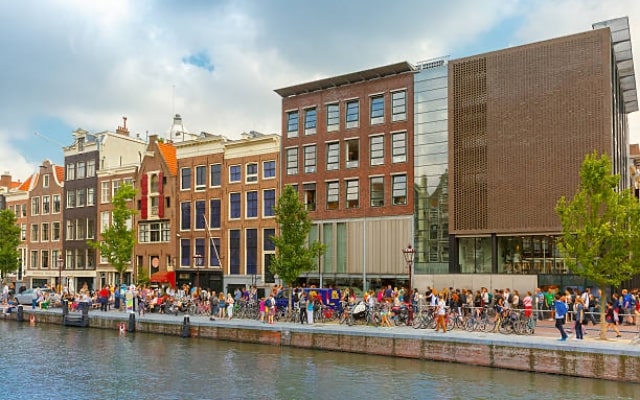
Để lại một bình luận